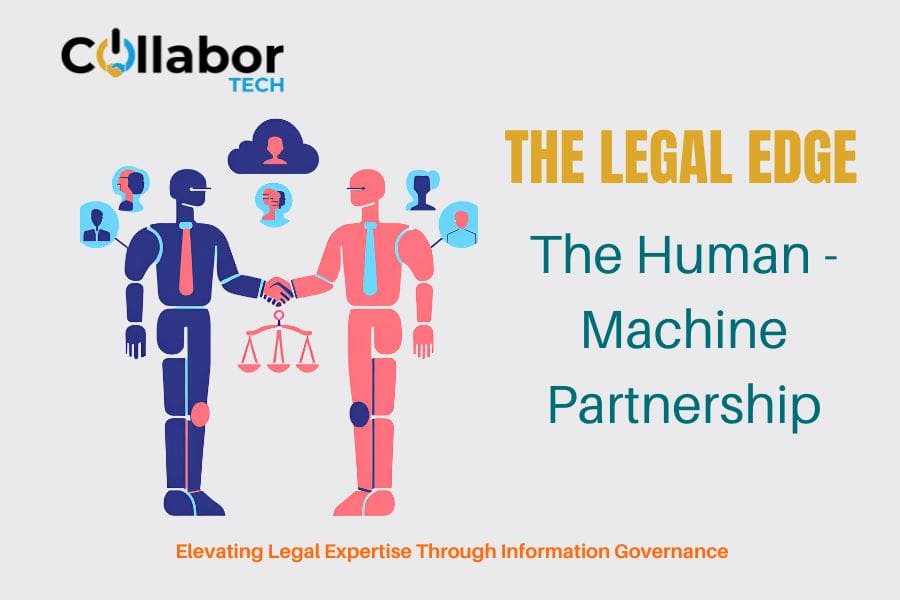
Diddy Case: Terabytes of Evidence Unveiled in Investigation
In the age of smartphones, cloud storage, and constant digital communication, criminal investigations have evolved dramatically. The ongoing federal probe into Sean “Diddy” Combs drama exemplifies this shift, showcasing the monumental role of electronic evidence in modern legal proceedings.
Recent reports from the Los Angeles Times and Fortune have shed light on the unprecedented scale of digital data involved in this high-profile case, offering a fascinating glimpse into the world of eDiscovery.
The Scale of Digital Evidence
The Sean “Diddy” Combs case has brought to light the staggering volume of digital evidence involved in modern high-profile investigations. A Los Angeles Times article published on October 9, 2024, reported that federal authorities have seized a substantial amount of electronic data from multiple devices and cloud storage services associated with Combs and his business empire.
Adding to this, Fortune reported on October 10, 2024, that the volume of data recovered is significant, with Assistant U.S. Attorney Emily Johnson describing it as “extraordinary” in court filings.
While the exact amount of data remains undisclosed, both sources agree on the unprecedented scale of digital information involved in this case.
This vast trove of electronic evidence underscores the complex digital landscape navigated by high-profile figures like Combs, presenting unprecedented challenges for both prosecution and defense teams in processing and analyzing such an extensive amount of data in a high-stakes legal battle.
The Scope of the Investigation
The Combs investigation demonstrates the intricate nature of modern, high-profile legal cases in the digital age. According to the Los Angeles Times, the probe involves more than 50 witnesses and has resulted in the execution of 300 warrants since its inception last fall.
These numbers are significant in the context of digital evidence:
- The high number of witnesses suggests a wide network of individuals whose electronic communications and data may be relevant to the case. Each of these witnesses potentially represents additional sources of digital information that must be collected, processed, and analyzed.
- The 300 warrants indicate the extensive legal groundwork required to access and seize digital evidence across multiple devices, accounts, and platforms. Each warrant likely corresponds to a specific set of digital assets, highlighting the fragmented nature of modern digital footprints.
As the investigation continues, prosecutors face the monumental task of not just gathering this data, but also analyzing it effectively. The process of copying seized devices and cloud storage accounts is ongoing, with the Los Angeles Times reporting that this task alone is expected to take several days due to the sheer volume of materials involved.
This ongoing effort underscores a key challenge in modern legal proceedings: the time-intensive nature of digital evidence processing. In high-profile cases like this, the ability to efficiently manage and analyze vast amounts of electronic data can significantly impact the timeline and direction of the investigation.
The eDiscovery Challenge
The vast amount of data collected in the Combs case presents significant eDiscovery challenges for both prosecution and defense teams. Here are some key aspects of this process:
- Data Processing and Extraction
Forensic experts must preserve the integrity of the original data while extracting information from various file formats. This includes dealing with potential encryption, password protection, and even recovering deleted or fragmented data. The diversity of devices and data sources in this case adds layers of complexity to this task.
- Relevance Determination
Once processed, the data must be analyzed to identify information relevant to the case. With millions of files to sift through, this is akin to finding a needle in a digital haystack. Advanced technologies such as artificial intelligence and machine learning are likely being employed to categorize and prioritize documents.
- Privileged Information Handling
Given Combs’ status as a business mogul, separating privileged communications and sensitive business information from case-relevant evidence is a crucial and delicate task. This requires a deep understanding of legal principles surrounding privilege, as well as sophisticated technology to identify and segregate such information.
- Maintaining Chain of Custody
Every step of the eDiscovery process must be meticulously documented to ensure the admissibility of evidence in court. This includes using specialized forensic tools and implementing robust security measures. Any break in this chain could potentially render crucial evidence inadmissible, highlighting the importance of rigorous protocols and documentation.
- Time Constraints
The Los Angeles Times reports that Combs’ lawyers are pushing for a trial date in early 2025, adding significant time pressure to the eDiscovery process. Teams must balance thoroughness with efficiency to meet court deadlines. This time crunch often necessitates round-the-clock work and careful resource allocation.
Legal Implications and Precedents
The Combs case may set important precedents for handling large-scale electronic evidence in criminal proceedings. It underscores the growing importance of digital literacy in the legal profession and may drive further innovation in eDiscovery technologies. As courts grapple with increasingly complex digital evidence, cases like this one may shape future legal standards and practices.
The challenges faced in the Combs case are not unique but are certainly amplified by its high-profile nature and the sheer volume of data involved. Similar issues arise in corporate litigation, regulatory investigations, and even smaller criminal cases. As our digital lives expand, so too does the potential for electronic evidence in legal proceedings.
The Future of Digital Evidence
As our digital footprints continue to expand, cases like this serve as a reminder of the critical role eDiscovery plays in modern criminal investigations. The ability to effectively manage and analyze vast amounts of electronic data is becoming increasingly crucial in both prosecution and defense strategies. It also raises important questions about privacy, data retention, and the extent of digital evidence in legal proceedings.
Legal and Technical Expertise
The complexity of eDiscovery in cases like Combs’ highlights the need for a multidisciplinary approach. Legal teams must work closely with technical experts to navigate the intricacies of digital evidence. This collaboration between legal professionals and IT specialists is becoming increasingly common and necessary in high-stakes cases.
Moreover, the role of data scientists and AI experts in legal proceedings is growing. Their expertise in handling and analyzing large datasets is proving invaluable in cases where the volume of digital evidence is overwhelming. This trend is likely to continue, potentially reshaping the composition of legal teams in the future.
Ethical Considerations
The Combs case highlights critical ethical challenges in handling sensitive digital evidence. With terabytes of data seized, legal teams face the delicate task of balancing thorough investigation against privacy protection.
This vast digital trove likely contains personal information not just of Combs, but of numerous third parties – employees, associates, and possibly fans. The challenge lies in extracting case-relevant information without unnecessarily exposing private data of uninvolved individuals.
Legal professionals must navigate this ethical minefield carefully, making tough decisions about data handling and presentation that respect privacy rights while serving the interests of justice. This case may set important precedents for how sensitive digital evidence is managed in high-profile investigations moving forward.
Conclusion
The Sean “Diddy” Combs case serves as a stark reminder of the central role that digital evidence now plays in our legal system. It highlights the need for continued innovation in eDiscovery technologies and practices, as well as the importance of digital literacy among legal professionals.
As we move further into the digital age, the ability to effectively handle electronic evidence will undoubtedly become an increasingly critical factor in the pursuit of justice. The outcome of this case may well influence how digital evidence is handled in high-profile investigations for years to come.
For those interested in the intersection of technology and law, the Combs case offers a fascinating case study. It underscores the evolving nature of criminal investigations in our digital world and the complex challenges that arise when terabytes of data become key evidence.
As this legal drama unfolds, it will undoubtedly provide valuable insights into the handling of complex digital evidence in high-profile criminal proceedings. At CollaborTech, we’ll continue to monitor developments in this case and in the broader field of eDiscovery, bringing you updates and analysis on this rapidly evolving aspect of our digital and legal landscape.
Other Related Posts
Common Challenges Implementing IG For Effective Data Management


